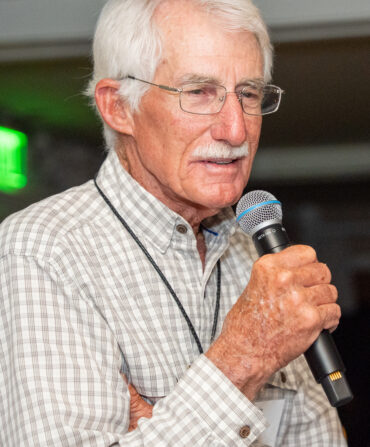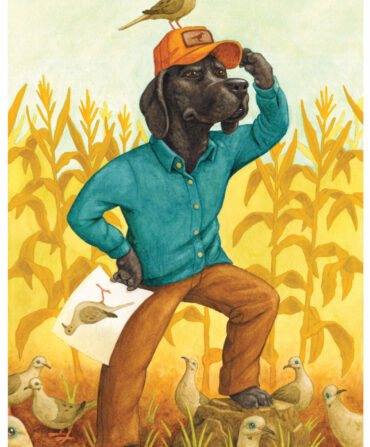Since 1877, the Westminster Kennel Club Dog Show has been the nation’s premier puppy showdown—in fact, it’s the second longest-running sporting event in the United States behind the Kentucky Derby. Of the more than two hundred competing dog breeds, only eight hail from the South: the Boykin Spaniel, the Chesapeake Bay Retriever, the American Hairless Terrier, and five different types of hounds. But despite this stellar lineup of contenders, so far, no Southern dog breed has ever taken home the coveted Best in Show trophy.
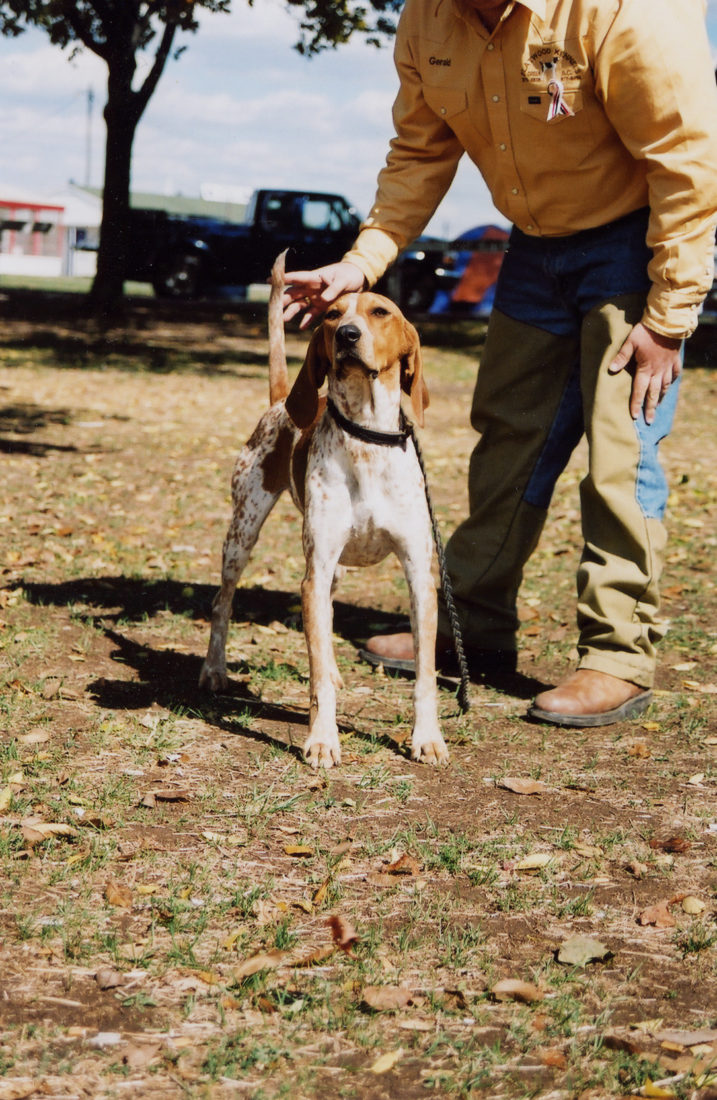
Photo: Courtesy of American Kennel Club
An American English Coonhound.
Breeds at Westminster, which is held each year at Madison Square Garden in New York City, are divided into seven groups: Sporting, Non-sporting, Terrier, Toy, Herding, Working, and Hound. A victor emerges from each group and goes on to compete for Best in Show. Judges select winners based on their adherence to the “breed standard,” a blueprint of sorts for how each dog should look and behave. We all know the South produces great dogs, so why don’t Southern breeds ever win Best in Show and rarely win their group? Longtime dog show expert and judge of the Hound group in 2018 Jeff Pepper, of Boynton Beach, Florida, thinks it has nothing to do with geography.
“Familiarity with the breed is certainly a part of it,” Pepper says. The Westminster Kennel Club recognized all of the Southern breeds in just the last twelve years, with the exception of the American Foxhound and the Chesapeake Bay Retriever, who participated in the first ever competition. “Most of these dogs are new. Take the American Hairless Terrier for example,” Pepper says. “The public sure doesn’t know what that is, and they’re new to the judges too.” Secondly, Westminster is not a hunting trial, and most of the Southern breeds were bred to hunt. “Dogs hunt with their heart and their instinct rather than their physical conformation,” he says. “In hunting, who cares what they look like?”
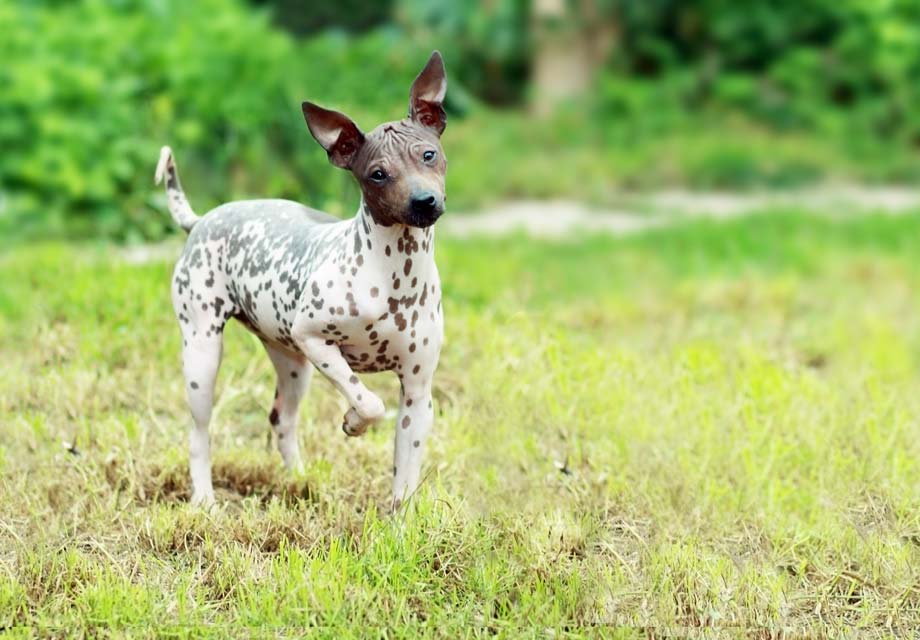
Photo: Courtesy of American Kennel Club
An American Hairless Terrier in the field.
And speaking of appearance, short-haired pups often don’t fare well. “Like it or not, our world is attracted to glamour,” Pepper says, “and short-haired breeds are less glamorous. Judges are less affected by this than the general public, but we’re still people too.” So, will a Southern dog breed win Westminster this year? To that question, Pepper just laughed. “Who knows!”
Below, see our breakdown of the Southern breeds competing at Madison Square Garden on February 10 and 11, along with some (very unscientific) predictions for each.
American English Coonhound
Origin: Maryland
Group: Hound
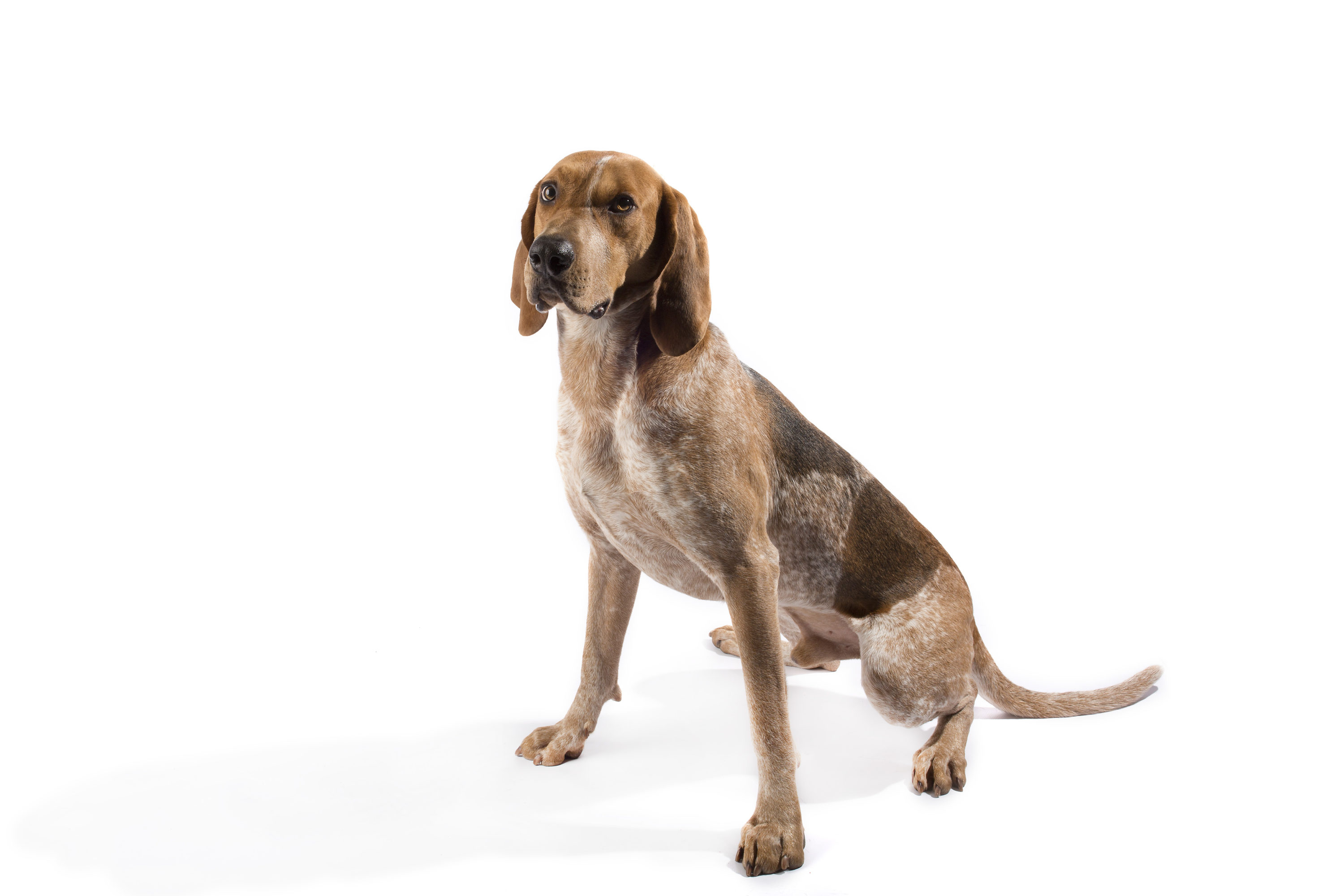
Courtesy of American Kennel Club
Backstory: In the mid-1600s, Robert Brooke came to the Province of Maryland from England, bringing with him a pack of English Foxhounds, the first recorded hounds in the American colonies. Through breeding, these dogs became larger, more energetic, and more adaptable, and evolved into what we now know as the American English Coonhound.
Notable qualities: Speed, endurance, sweet and mellow personality
First year in Westminster: 2012
Last winner: N/A
Likelihood of winning: 🐶🐶🐶 As a good hunter with short hair that’s new to the game, the deck may be stacked against the American English Coonhound. But if it decides it wants the gold as much as a raccoon on a hunt, there’s no stopping it.
American Foxhound
Origin: Virginia
Group: Hound
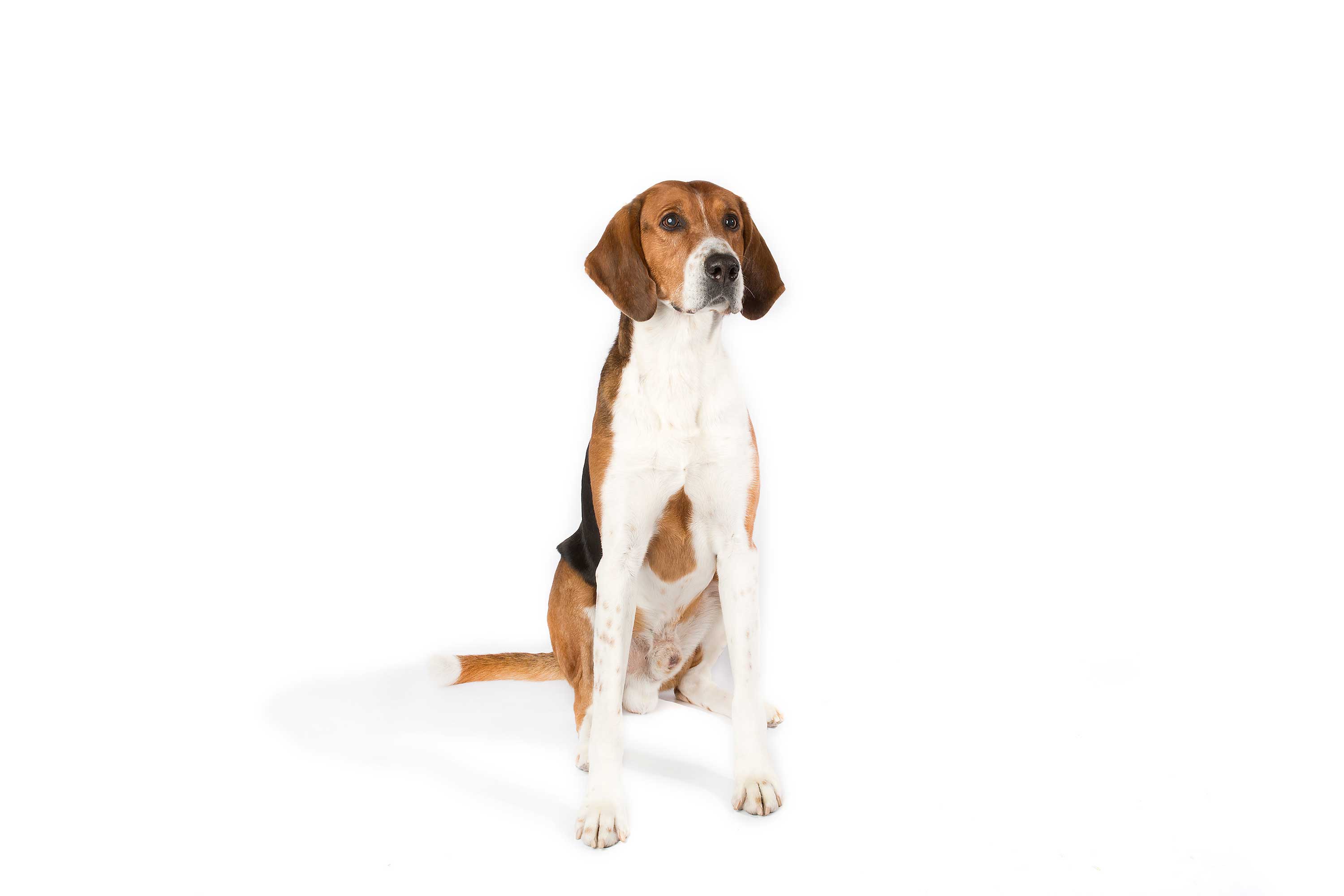
Courtesy of American Kennel Club
Backstory: American Foxhounds are also descended from Robert Brooke’s brood. George Washington had many and bred them for their expert fox-hunting skills. The adaptations, such as foxlike feet rather than the catlike feet of their ancestors, and a lighter frame than the English Foxhound, make it especially suited to traversing rough terrain.
Notable qualities: Sweet-tempered, easygoing, independent, and full of energy
First year in Westminster: 1877 (first show)
Last winner: Has never won Best in Show, but has won the Hound group twice, most recently in 2013. An American Foxhound came in third in the Hound group in 2017.
Likelihood of winning: 🐶🐶🐶🐶 Judging by history, this pup looks to have the best shot of all the Southern breeds.
American Hairless Terrier
Origin: Louisiana
Group: Terrier

Courtesy of american kennel club
Backstory: In 1972, a completely hairless puppy—named Josephine—was born out of a litter of Rat Terriers in Louisiana. Her family loved her so much they decided to develop a new breed from her.
Notable qualities: Upbeat, inquisitive, playful, fearless
First year in Westminster: 2017
Last winner: N/A
Likelihood of winning: 🐶 As the newest Southern breed recognized by Westminster, the American Hairless Terrier is the underdog among underdogs.
Bluetick Coonhound
Origin: Louisiana
Group: Hound
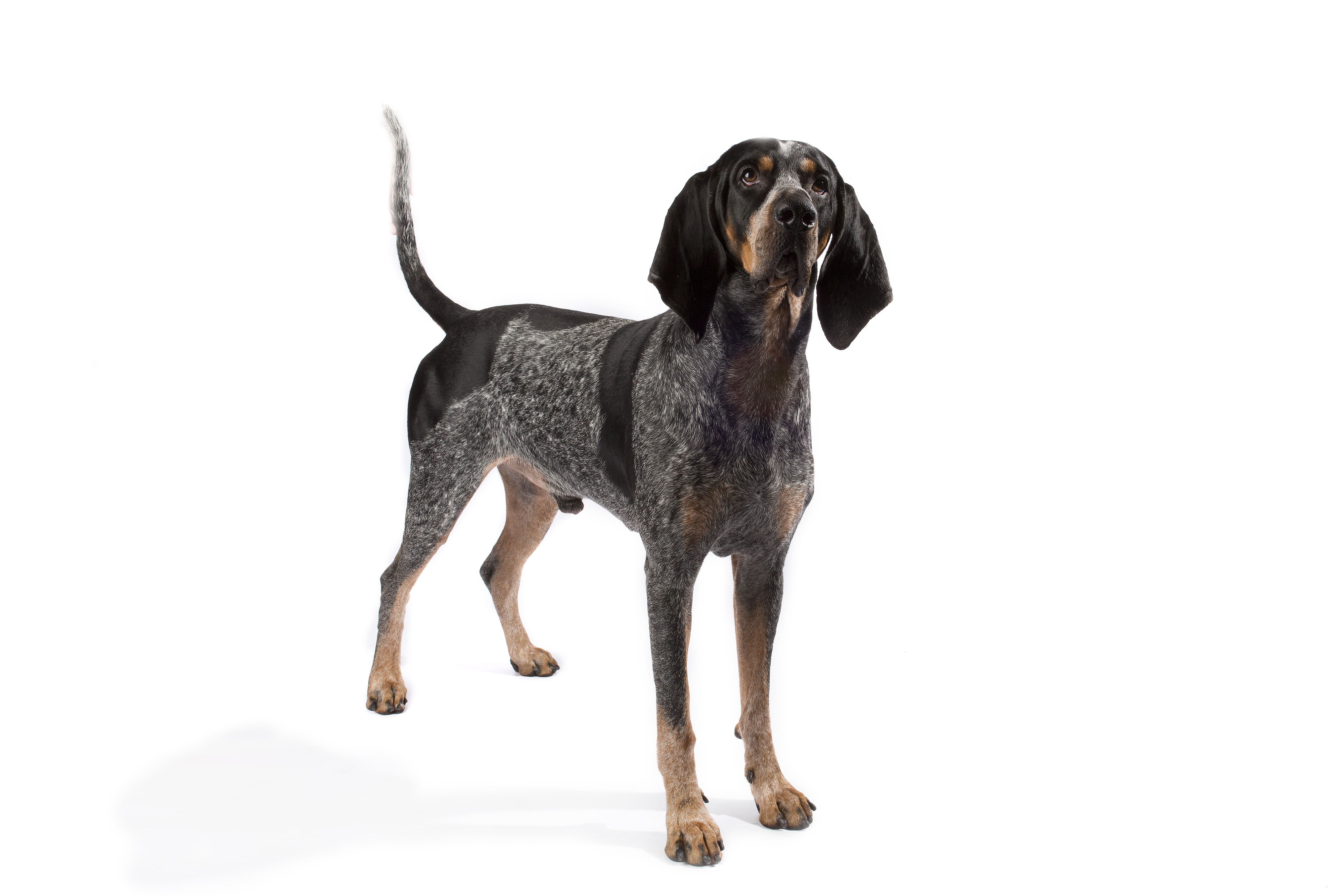
Courtesy of American Kennel Club
Backstory: Breeders throughout the South mated different types of hounds to produce the Bluetick, selecting for a compact body and strong, well-muscled hips in an effort to increase the dog’s hunting endurance. Although most of its breeding took place in Louisiana, the Bluetick Coonhound is the state dog of Tennessee (Smokey, the University of Tennessee’s mascot, is a Bluetick).
Notable qualities: Quick, intelligent, loyal
First year in Westminster: 2011
Last winner: N/A
Likelihood of winning: 🐶🐶🐶 Don’t judge them based on Tennessee’s football record these past few seasons. Smokey’s brethren might just pull through.
Boykin Spaniel
Origin: South Carolina
Group: Sporting

Courtesy of American Kennel Club
Backstory: During the early 1900s, South Carolina hunters bred the Boykin Spaniel as the perfect dog for hunting wild turkeys in the Wateree River Swamp. Boykins have webbed toes that allow them to swim adeptly. Legend has it that the breed developed from a stray found outside a church in Spartanburg who was trained near Camden by Mr. L. Whitaker Boykin.
Notable qualities: Friendly, eager, marked by its rich brown coat
Year first in Westminster: 2011
Last Winner: N/A
Likelihood of winning: 🐶🐶🐶🐶 Spaniels traditionally do well at Westminster, so this native pup stands a solid chance.
Chesapeake Bay Retriever
Origin: Maryland
Group: Sporting
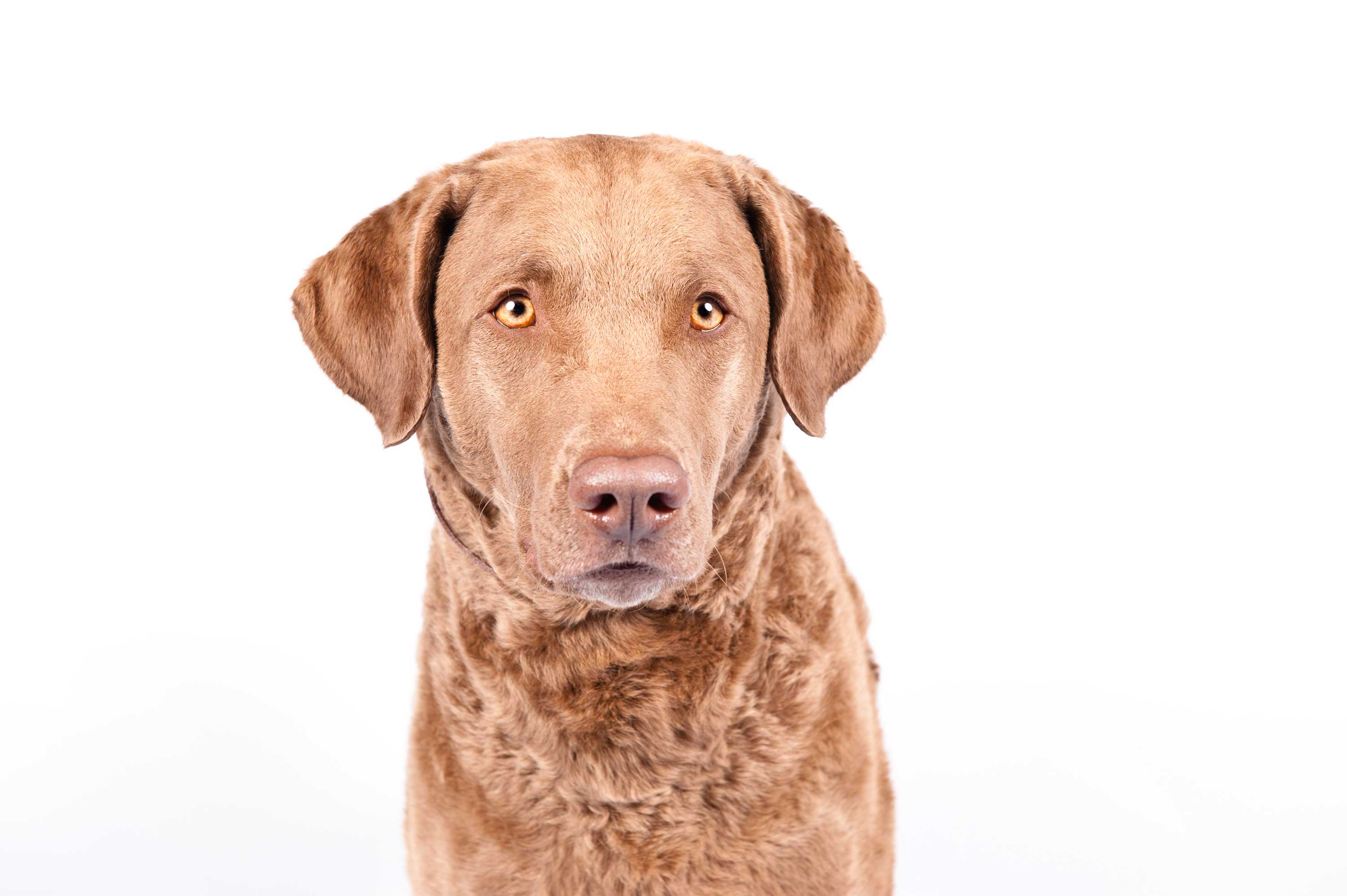
Courtesy of American Kennel Club
Backstory: In 1807, sailors rescued two Newfoundland puppies from a shipwreck off the coast of Maryland and aptly named them Sailor and Canton, after the rescuers’ ship. Back in Maryland, breeders crossed them with many common retrieving dogs, and by the establishment of the first Westminster show in 1877, the country knew the breed for its retrieving skills, especially in the rough waters of the Chesapeake. Its wavy, oily, waterproof coat keeps it warm in cold waters, and its instinctive drive and strong legs make it an expert hunting companion.
Notable qualities: Strong, smart, perceptive, affectionate
First year in Westminster: 1877 (first show)
Last winner: Has never won, but came in fourth in the Sporting group in 1985
Likelihood of winning: 🐶🐶🐶 Oddly enough, no retriever of any kind has ever won Best in Show. There’s a first time for everything, though, right?
Plott
Origin: North Carolina
Group: Hound
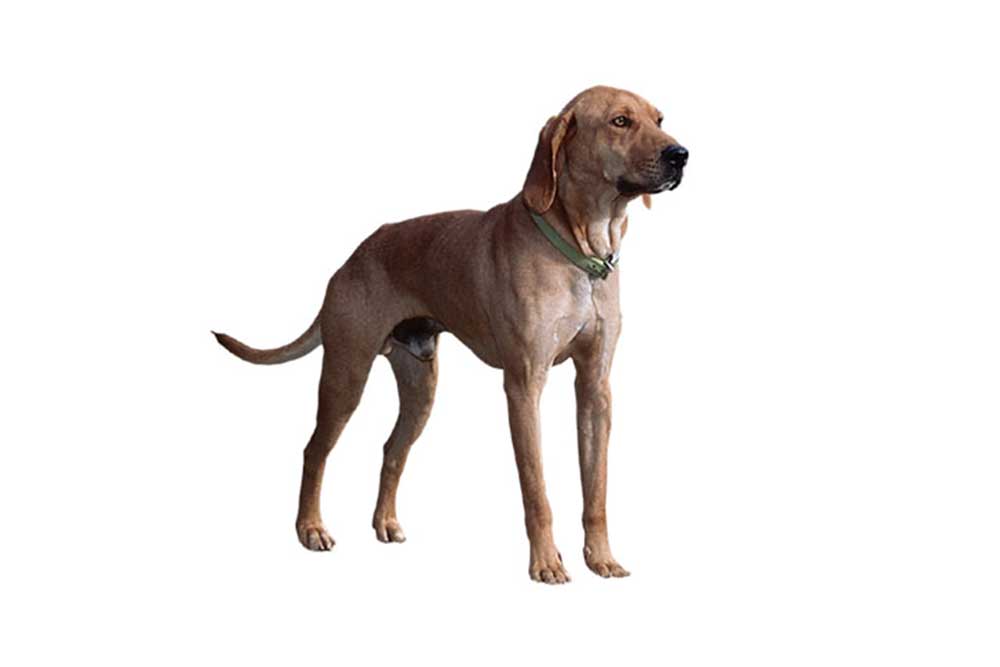
Courtesy of American Kennel Club
Backtory: In 1750, George Plott left Germany and settled in Bute County, North Carolina, now Franklin and Warren counties. For the next two hundred years, his family moved throughout the state, breeding their hounds to hunt bears, boars, and mountain lions in the Smoky Mountains. Plotts have smooth, glossy coats and a slim, athletic body structure.
Notable qualities: Powerful, courageous, but gentle with humans
First year at Westminster: 2008
Last winner: N/A
Likelihood of winning: 🐶 Plotts are powerful and striking, but with no big game in the Westminster ring, they don’t have an opportunity to truly shine.
Redbone Coonhound
Origin: Georgia and Tennessee
Group: Hound
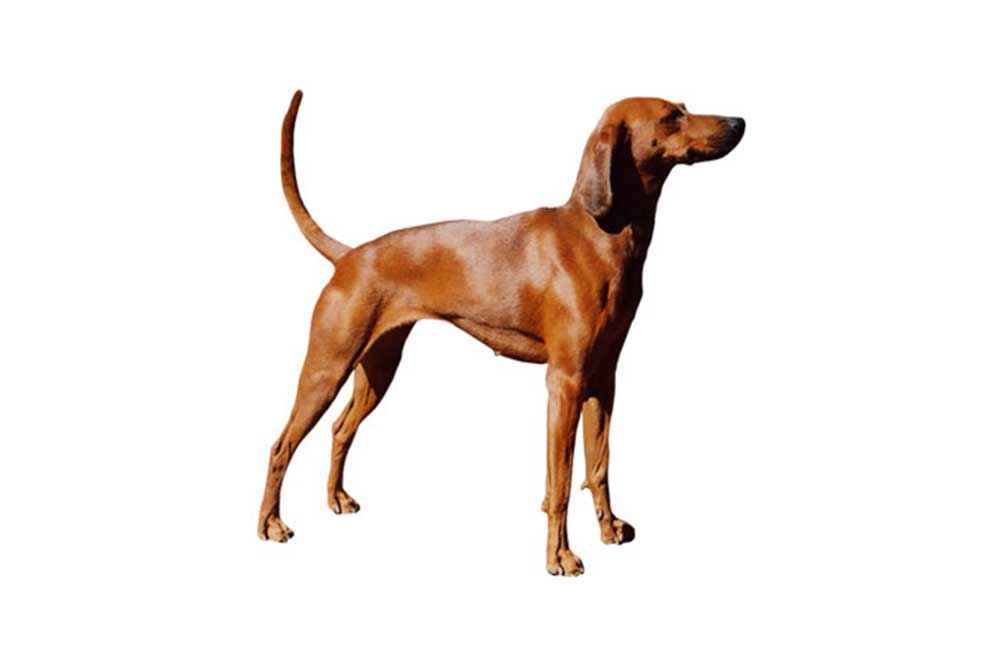
Courtesy of American Kennel Club
Backstory: A mix between Irish Foxhounds and Bloodhounds, Redbone Coonhounds originated primarily in Georgia and Tennessee; one story claims that a Georgia hunter owned the foundation stock, while another asserts the breed derives its name from a Tennessee man named Redbone. Little Ann and Old Dan from Wilson Rawls’s Where the Red Fern Grows are Redbone Coonhounds—but we don’t have to talk about that right now.
Notable qualities: Even-tempered, eager to please, tireless
First year at Westminster: 2011
Last winner: N/A
Likelihood of winning: 🐶🐶 Whether a win is statistically likely or not, we’re always cheering for Little Ann and Old Dan.



